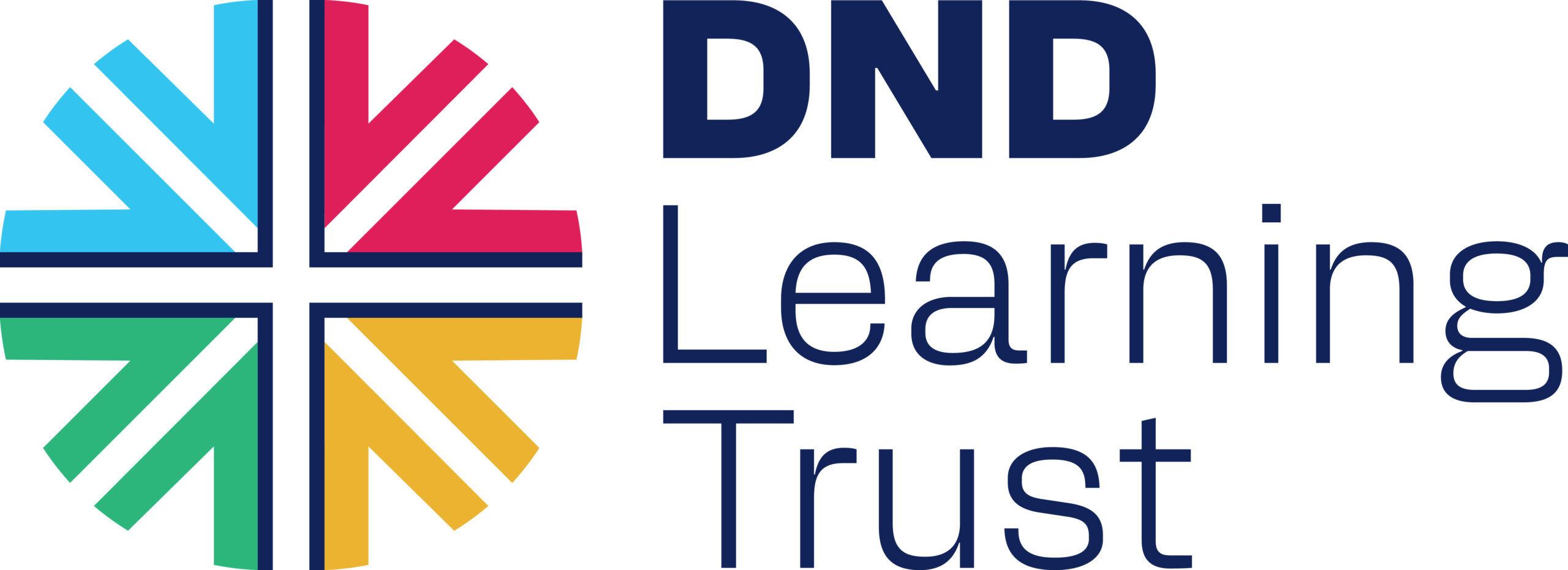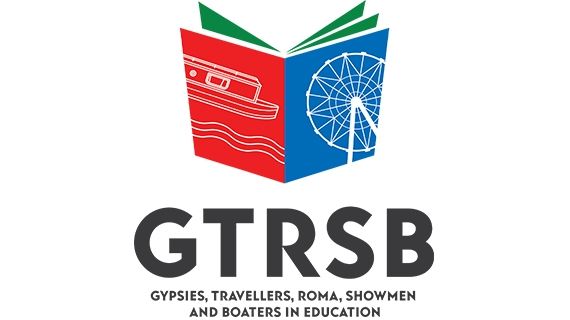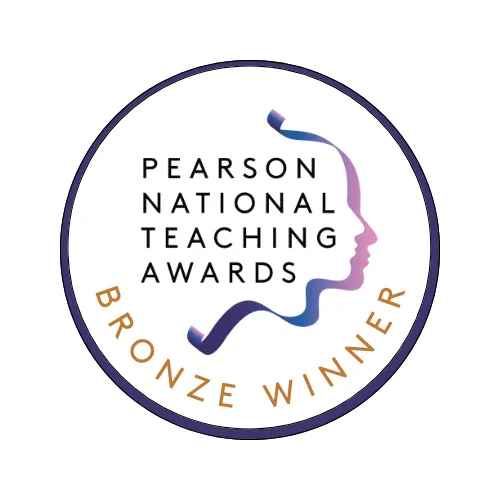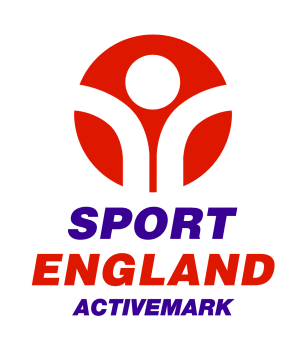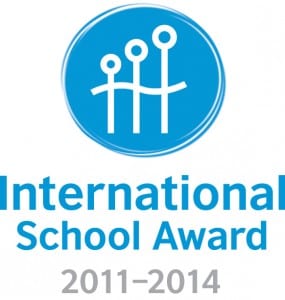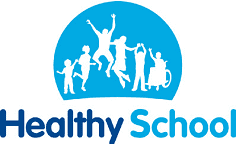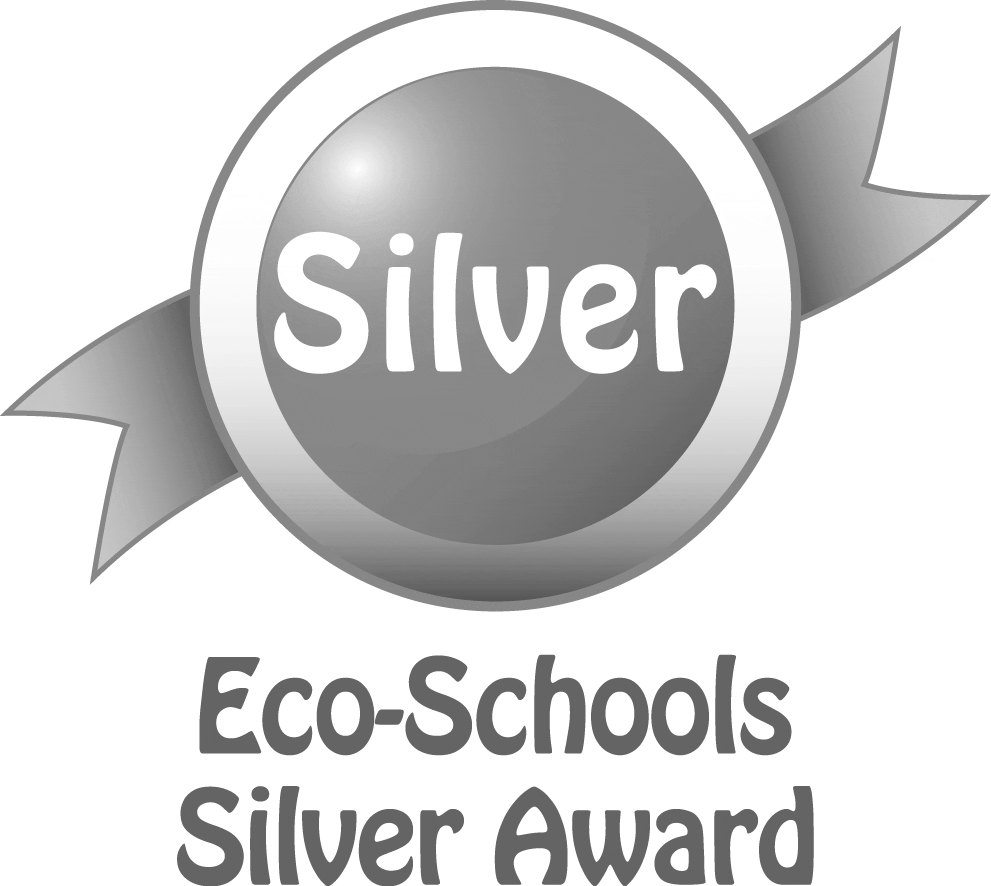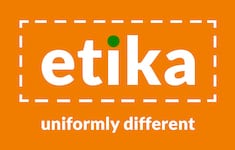The Green Lane Writing Curriculum:
Putting Children at the Heart of All We Do
At Green Lane Primary, we believe that a quality English curriculum should develop children’s love of reading, writing, speaking and listening.
We aim to inspire children to develop a love of writing and to be confident and effective writers who are ready for the next stage of their education and life-long learning. We do this by ensuring that our curriculum is exciting and relevant to our children, that they have a real purpose for writing and have the knowledge and skills needed to write effectively.
We follow ‘The Write Stuff’ approach to writing which aims to provide children with a wealth of vocabulary, grammar and punctuation knowledge to write in a variety of genres. Experience lessons immerse children in the knowledge, experiences and vocabulary they will need to be successful when writing. Sentence stacking lessons model the writing process for children and enable them to write independently.
We also use ‘The Daily Sentence Structure’ scheme which is proven to improve writing. It both supports reluctant and competent writers – a logical strategy that develops confidence in all pupils.
We recognise the importance of nurturing a culture where children take pride in their work, can write clearly and accurately and adapt their language and style for a range of contexts. Research has found that children who read extensively become better writers. This is why our reading and writing curriculum are carefully considered. We ensure that our children are exposed to a range of genres as these help children to learn different text structures and language that they then use in their own writing.
Writing Aims
- To promote a love of writing in our children.
- To be able to read as a writer, taking ideas and vocabulary from established authors who are excellent role models for our children.
- To ensure our children can write effectively and competently in a range of genres.
- To give our children a purpose to write and an audience to write for.
- To support our children in decision making when writing, so that they make language, structure and presentational choices which impact the reader.
- To develop the language of our children, widening and deepening their vocabulary knowledge and application.
- To make writing interesting and engaging for children, encouraging them to take chances and to try things out.
- To ensure that our children take pride in the presentation of their work.
- To ensure children write cursively so that they can write at speed.
- To prepare children for the next stage of their education.
Fostering a Love of Writing
At Green Lane Primary, we have developed an engaging curriculum and our aim is to ensure that all children are motivated to write and write effectively across a range of genres. We have chosen texts and experiences to base our writing sessions around to enable children to write for a ‘real’ purpose. We expose them to high quality texts and authors from a variety of genres, both modern and classic texts, as well as texts from other cultures.
We celebrate good writing through praise and school displays whilst our ‘sentence stacking’ walls in classrooms celebrate children’s fantastic contributions to class compositions.
We want to develop children who have the tools they need to become independent writers, and to do this we believe that the children must be immersed in the genre and topic and have the experiences they need to develop their vocabulary and imagination.
How our Writing Curriculum is Structured
The Writing Rainbow
We begin teaching writing in Early Years using The Write Stuff approach by Jane Considine.
The writing rainbow is the structure for teaching writing and has 3 layers:
FANTASTICs
CATALYTICs
REALISTICs
FANTASTICS
THE FANTASTICs categorise writing ideas into nine key areas.
We and authors structure sentences around one of these nine ideas whenever we write, in both narrative and non-fiction writing.
When modelling or reading a text, teachers discuss these with the children so that they become familiar with what a ‘feeling’ sentence is, or an ‘action’ sentence. In EYFS, we begin by orally generating sentences around the nine lenses and gathering vocabulary related to them until children are ready to write.
We focus on both positive and negative sentences and ensure that we teach children to carefully select language that creates the right impact on the reader, using the nine ideas.
In Year 1 -6, they are also used when planning writing to identify the positive and negative language intentions related to the plot points.
CATALYTICs
The CATALYTICs cover the communication element of the EYFS curriculum:
C – collector of language (in an appropriate and timely manner)
A – a chatty or formal style
T – together talk
A – all together write
L – lead, model, write
Y – yes/no talk
T – together write (work in pairs)
I – imaginative talk
C – construct sentences
REALISTICs
The REALISTICs are the breadth of communication – the genres of writing:
R – reports and fact files
E – explain (sequence, order, list, sort, label diagrams)
A – advise (help leaflet. Top tips sheet, posters)
L – love/hate review (book reviews, what they love, giving opinions)
I – instructions
S – story
T – tell (recount)
I – impress (persuade)
C – contrasting views
The Writing Journey
In EYFS, the children move onto forming each letter of the alphabet. This is linked with phonics as we learn each phoneme. We also provide opportunities in the areas of provision and using a variety of media for children to write independently. Children write with the teacher in supported small groups, as well as have many opportunities to write independently in provision.
The Write Stuff approach is used throughout the year, beginning with oral sentence construction and the development of vocabulary and then moving to modelled and guided writing when children are ready.
There is a very strong focus on teaching children ambitious vocabulary.
Model:
The teacher models a high-quality sentence, demonstrating the ‘writer’s brain’ and showing how to make choices about phonics, vocabulary and punctuation.
Developing a Love of Writing
We hope that through everything we have in place, our children will develop a love for writing. We ensure that our topics and areas of provision are of interest to our children and we go with their interests, making our curriculum relevant and meaningful.
We encourage and praise our children for all of their successes in writing, no matter how small, as we know that this develops their self-confidence and enthusiasm.
Key Stage 1 and 2
KS1 Overview
In KS1, English is linked to the six whole-school topic areas. Children are exposed to high-quality texts and real-life experiences to support their development in reading, writing and spoken language. Key texts are allocated to year groups to ensure that children are being immersed in high-quality writing examples by a range of quality authors.
Children are also taught a range of genres which focus on the purposes of writing to inform and writing to entertain. They write about both real events, which is supported by real-life experiences, and fictional events, supported by high-quality texts.
In KS1, children build on their phonic knowledge from Foundation Stage and learn different graphemes to represent the phonemes they already know. They extend their knowledge of how to read and spell common exception words and begin to learn rules for common prefixes and suffixes. Children are introduced to homophones and apostrophes for contractions and possession.
In KS1, children are taught to create sentences that are punctuated accurately in either the simple past or present tense. Teachers use the ‘think it, say it, count it, write it’ strategy to help children rehearse sentences orally before writing them. Children are taught to extend their sentences using subordination and coordination in order to add detail to their initial ideas. They begin to learn basic grammatical terminology and this is built on in KS2 as sentence structures become more complex.
We continue to use the Jane Considine approach to teaching writing – ‘The Write Stuff’, further developing their understanding from EYFS. Two new layers of the Writing Rainbow are introduced – GRAMMARISTICs and BOOMTASTICs.
KS2 Overview
In years 3 and 4, high-quality texts are used as a stimulus for writing and children are taught to discuss the writing and use the content, structure and grammar as ideas for their own work. They build on the grammar and punctuation learned in KS1 and become more confident at creating characters, setting and plot. They develop their sentence structures by using conjunctions and fronted adverbials and are taught a wider range of punctuation. Again, a clear whole-school plan of genre coverage ensures that children are given a variety of writing opportunities and taught the features of a variety of text types. Their ability to write to inform and entertain is developed from KS1 and they are also taught devices to help them write in other genres.
In years 5 and 6 children are taught to consider their audience and purpose carefully and to make choices about their writing. Key texts are allocated to year groups to ensure that children are being immersed in high-quality writing examples by a range of quality authors. In addition to the key grammatical content from the National Curriculum, we also want our children to be able to develop as creative writers, which means teaching children to assess the effectiveness of writing as they propose changes. For this to happen, it is important that children understand the full range of grammatical terminology for KS2. Giving children time to edit their own work is extremely important and in Year 5 & 6, children become increasingly independent at this. Advanced sentence structures with multiple clauses are taught alongside the full range of KS2 punctuation. In Upper Key Stage 2, children write in a range of genres and are able to write to inform, entertain, persuade and discuss. They are able to use writing as a way of communicating their ideas and knowledge about other areas of the curriculum.
How do you know lessons are progressive and knowledge is embedded?
All of the unit plans within the Jane Considine English unit plans link to the English national curriculum. ‘The Write Stuff’ approach to writing provides children with a wealth of vocabulary, grammar and punctuation knowledge to write in a variety of genres. Lessons immerse children in the knowledge, experiences and vocabulary they will need to be successful when writing.
Jane Considine has developed a progression document to ensure that what is learned about a genre builds on previous learning. For example, does the work in year 3 on non-chronological reports build on what has been covered in year 2? The progression document tracks all aspects of each genre and outlines the focus areas for different year groups and covers all genres across year groups 1-6. It also ensures knowledge is embedded. Also see Progression in Writing Genres below.
The Write Stuff – Jane Considine
In KS1 and KS2, we continue to use Jane Considine’s ‘The Write Stuff’ to help scaffold children’s writing and teach them about sentence structure, central character writing and features of different genres. The FANASTICS are used to structure children’s ideas and in KS2 ‘The BOOMTASTICS’ are used to support children in using literary devices to enhance their writing. We focus on the language authors use and the way that sentences are structured, thinking about how they impact on the reader.
Modelling is used throughout school to support planning and writing and teachers plan these models carefully in advance of the lesson, so that the model includes the teaching points from the unit.
The Write Stuff focuses on quality and not quantity.
Covering Genres
As a school, we have ensured that a range of genres are taught and that progression is seen throughout the key stages. To ensure that this happens, we have developed the following:
- Long term plans – these state which genres will be taught in each term and the related objectives. These ensure a good coverage of narrative, non-fiction and poetry.
- Medium Term Unit Plans – teachers use the JC Unit Plans to map out the objectives to be taught each week.
The FANTASTICs
THE FANTASTICs categorise writing ideas into nine key areas.
We and authors structure sentences around one of these nine ideas whenever we write, in both narrative and non-fiction writing.
When modelling or reading a text, teachers discuss these with the children so that they become familiar with what a ‘feeling’ sentence is, or an ‘action’ sentence. In EYFS, we begin by orally generating sentences around the nine lenses and gathering vocabulary related to them until children are ready to write.
We focus on both positive and negative sentences and ensure that we teach children to carefully select language that creates the right impact on the reader, using the nine ideas.
In Year 1 -6, they are also used when planning writing to identify the positive and negative language intentions related to the plot points.
Narrative Map
Narrative maps are used in the sentence stacking lessons and independent writing to plan the plot points of a story or the structure of a non-fiction piece of writing. They are presented as a graph so that the highs and lows of the central character, or the positive and negative language can be mapped out.
Vocabulary
Some children can enter school with extremely limited vocabulary so it is important that we support children’s vocabulary development. We know the impact a language deficit can have on a child’s development, particularly during the pandemic, and future life chances so we aim to bridge this gap. Vocabulary development is the main focus of the ‘initiate’ part of each of the 3 learning chunks in a sentence stacking lesson. Vocabulary is a focus in each lesson, teachers ensure that children are exposed to a wide range of challenging vocabulary in the correct context. Vocabulary specific to a topic is displayed in classrooms. KCO – ‘kind calling out’ is used to share the vocabulary after children have taken part in ‘chotting’.
Shade’o’meters – used to Gather Positive and Negative Scales of Vocabulary
Children need to strengthen their vocabulary, but ensure that their word choices are effective and well chosen for the impact they will have on the reader. The art of great writing is to select the just-right shade of meaning for the word required. Teachers discuss vocabulary with children and scale the words. Teachers also ensure that children understand if vocabulary is positive or negative. For example, ‘He’ creates a negative view of the character or situation.
Self-editing
Children are taught the skill of proof-reading their own and other children’s work from an early age. From Year 1, children will be taught to check back through their work to look for missing capital letters, punctuation and spellings that they have been taught.
From Year 2, children take this further, checking their work for a range of punctuation, checking that each sentence makes sense and using strategies to help to spell any words that they are unsure of. The children use stations to encourage them to focus on each section of CUPS. At each station, they are able to use resources and their peers to help them to check their writing.
(C) Capitals Letters
(U) Understanding (do the sentences make sense?)
(P) Punctuation
(Sp) Spelling
Editing Stations
Children edit their writing throughout the sentence stacking teaching sequence and following the teacher’s feedback for independent writing. We use editing stations to focus the children’s editing on one aspect at a time. Each station has resources to support the children to effectively edit their work and the teacher sets a fixed amount of time at each station before moving children on to focusing on a different aspect.
Editing Laminates
These are used by each child to easily check whether they have all the criteria they need to make themselves a success. Each Editing Laminate is closely related to our Writing Assessment grids and Daily Sentence Structures
How We Assess Writing in Year 1 to 6
Children’s writing is assessed continuously throughout the school year using our Writing Assessment Grids. These outline the National Curriculum objectives for each year group. One piece of writing is assessed each half-term. These assessments are used to effectively plan for future lessons and address gaps in learning.
Less Confident Writers
Teachers have a very good understanding of what each child in their class needs based on assessments that are done. We ensure that our classroom has various resources to support children with their writing, including vocabulary, examples of sentence structures and resources to support spelling. Sentence stacking lessons are scaffolded appropriately for children who need that support.
Daily Sentence Structures (DSS)
The Daily Sentence Structures scheme is proven to improve writing. It does support reluctant and competent writers – a logical strategy that develops their confidence.
It is a great tool for engaging boys and it does address key assessment criteria both in writing and SPaG!
The school has adopted Jane Considine’s as its main approach to writing. Jane’s scheme is excellent for modelling quality sentences, rich vocabulary and grammar but there is still strong place for the DSS as it equips the pupils with the background knowledge of different sentence types and the teaching of more complex grammar. Since using Jane’s Units, the pupils have also had their DSS background knowledge which has enabled them to write more effectively and understand the Units more clearly. Consequently, KS2 classes have been using a combination of both.
How DSS works
- Each session takes 10 – 15 minutes approximately. The sessions are completed daily at a time of day that suits each class.
- Each session builds on each other and can be revisited at any time depending on the children’s progress. It is completely at the teacher’s discretion.
- Every class is different with a full range of abilities. It is important that every class proceeds at their own pace.
- As soon as the teacher feels the current sentence is embedded, then they move on.
- The beauty of the strategy is that the pupils always return to the different sentence types – so consolidation is built in.
The Daily Routine
When the sentence structures are embedded the 15-minute daily session is structured as follows:
- A writing prompt or picture is displayed on board
- Children write eight sentence structures on their white boards.
- One child may be invited to write their work on the class white board.
- After 10 minutes – the children are asked to read and comment on the work on the class white board.
- Discuss misconceptions and targets for improvement for that particular child.
- Invite other children to read out and share their work to the class.
DSS – Writing Moderation
The school has now had two writing moderations within the last five years. In both moderations – the school has been complimented on (and consequently ensured a high percentage of GD) the fluidity of writing through the use of varied sentence structures. AT was ensured for those children because of their grasp of DSS combined with the flair for writing gained from Jane Considine. GD was guaranteed for those children because of their grasp and manipulation of DSS combined with the flair for writing gained from Jane Considine (e.g. use of figurative language).
DSS and Jane Considine Schemes
JC can be very prescriptive/heavily modelled where children rely upon a modelled sentence to improve on. Harder for children to write independently. DSS relies upon the child creating sentences of their own – lot more independent! JC assumes that the children have prior knowledge of different sentence structures. DSS allows you to focus in and teach different sentence structures. JC assumes that children have prior knowledge of grammatical concepts/language effects in their writing. DSS allows you to focus in and teach grammatical concepts/language effects in their writing
So:
Combining the two schemes ensures fluidity in their varied sentence structures and effective use of a wide selection of language techniques leading to significant improvements in their independent writing. This is especially effective when the GD children are ‘deepening the moment’ in their JC work.
DSS is taught for the first Autumn half-term across Key Stage 2 until x8 sentences (and even variations of sentences) are embedded. JC taught from the second half-term – but DSS are encouraged in any JC independent write.
Writing Environment
Every year group has a classroom that promotes and celebrates a love of writing:
Sentence stacking Displays
Working walls
The FANTASTICS
Shade ‘o’ meter
DSS Displays
Children’s writing
Writing Rainbow and FANTASTIC symbols.


